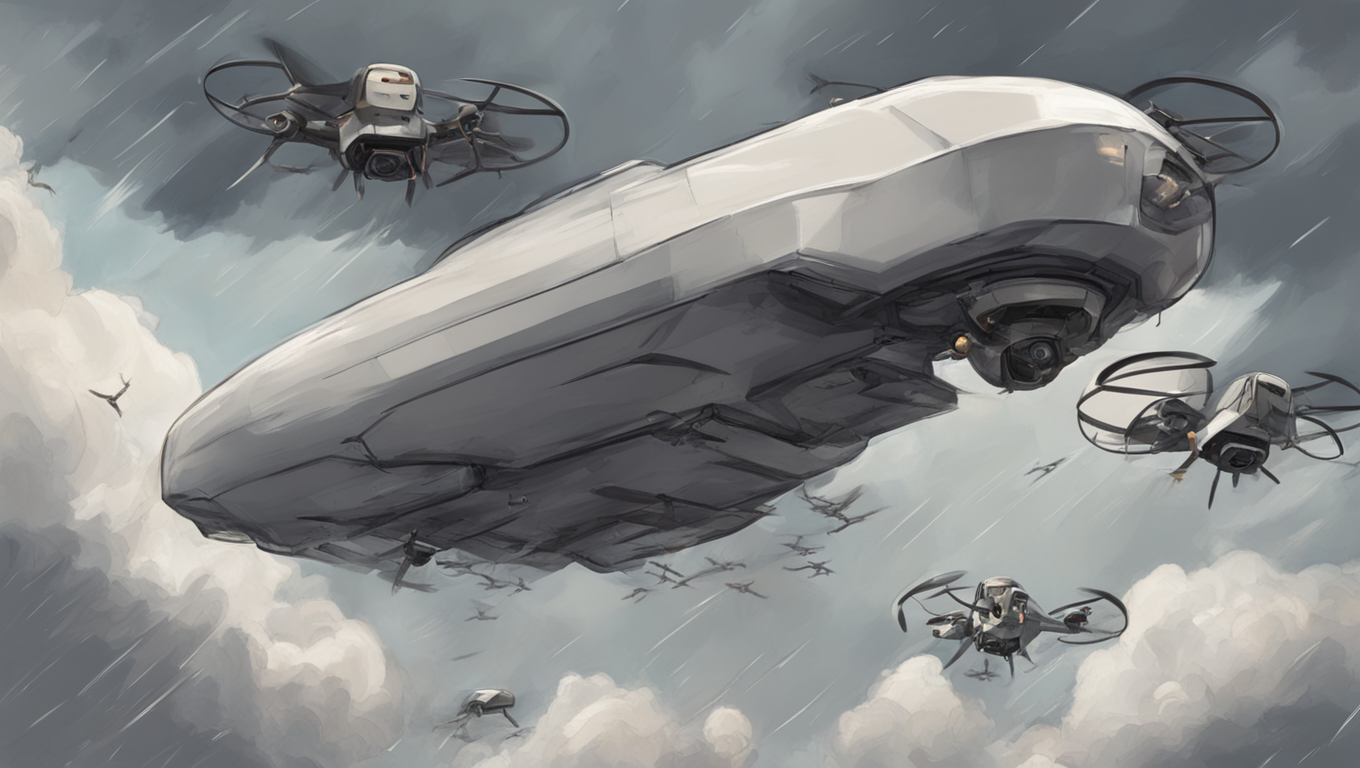In the midst of modern warfare, a new player has entered the scene - autonomous attack drones. These first-person view (FPV) drones, equipped with artificial intelligence (AI), have become a crucial weapon in the Russia-Ukraine War. Both sides have integrated AI into their drone systems, leading to devastating consequences on the battlefield.
Countless videos have emerged online, showcasing the destruction caused by these autonomous drones. From the destruction of enemy equipment to the loss of human lives, the videos capture the brutality and horror of war in excruciating detail. Not only do these videos serve as a display of victory for the sides involved, but they also impose fear and psychological trauma upon frontline soldiers.
The power and lethality of large-scale drone swarms have a significant impact on enemy forces, both physically and psychologically. These drones have the ability to monitor enemy actions constantly, creating a sense of constant surveillance and fear. In situations where there is a shortage of ground firepower, drones become a crucial asset, rapidly changing the dynamics of modern warfare.
Ukraine, in particular, has recognized the importance of drones in the war. President Volodymyr Zelensky has set an ambitious goal of manufacturing one million drones in 2024. The country has already produced 200,000 drones in the first two months of this year alone. Dmytro Prodanyuk, co-founder of Ukrainian drone maker Wild Hornets, believes that this goal is achievable and expects even higher production numbers. He states, “We believe there will be not one million, but more like two or three million drones this year.”
Although AI has not fully taken over human functions in the war, the increasing autonomy of attack drones and the widespread use of fully automatic drones suggest that the situation may change in the near future. With the ability of more drones to fly simultaneously and launch attacks on multiple targets within an area, the development of autonomous attack drones using AI is accelerating. Mr. Prodanyuk predicts that we may see the first autonomous attack drones in about half a year, and large-scale use of drones capable of independently selecting and engaging targets may occur within a year.
The potential impact of large-scale autonomous drone attacks remains uncertain. However, based on the current use of drones, it is possible that they may replace other ground firepower, becoming the dominant force on the battlefield. Although there are concerns about the ethical implications of AI-powered killing machines, moral commitments seem to be overshadowed by the pursuit of war objectives. Russia, in particular, has shown a ruthless approach in pursuing its objectives and is unlikely to voluntarily give up the development of AI-based weapons systems.
In light of these developments, the international community needs to take precautious measures. However, reaching a consensus on the issue has proven to be challenging. While the United States has proposed restrictions on the development of autonomous lethal weapons, countries like China and Russia have yet to make substantive responses.
As the rise of autonomous attack drones continues to shape modern warfare, it is crucial for the international community to deeply consider the ethical concerns that come with this development. The potential consequences of allowing autonomous killing machines on the battlefield cannot be ignored. It is a complex issue that demands thoughtful consideration and international cooperation to find a path forward that prioritizes humanity and peace.





Use the share button below if you liked it.